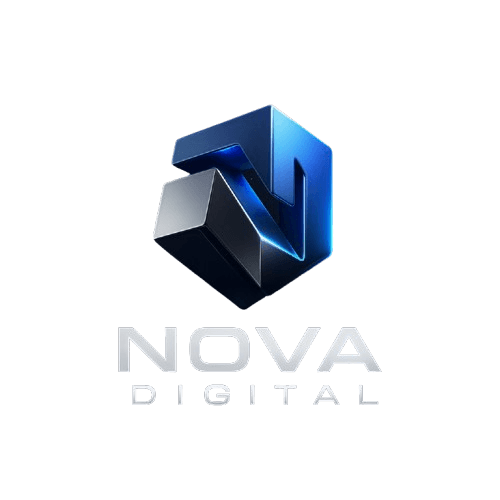How to Design Standout Flyers and Banners for Your Business
Understanding the Purpose of Your Design
Before diving into the design process, it's crucial to understand the purpose of your flyers and banners. Are they meant to promote a special event, introduce a new product, or increase brand awareness? Clearly defining your goals will guide the design choices you make, ensuring that the end product effectively communicates the intended message. Consider your target audience and what action you want them to take after seeing your design.
Research and Inspiration
Research is an essential step in designing standout promotional materials. Look at what your competitors are doing but focus on creating something unique that sets you apart. Inspiration can come from a variety of sources such as art, nature, and even architecture. Use platforms like Pinterest or design sites to gather ideas and identify trends that resonate with your brand identity.

Choosing the Right Colors and Fonts
The choice of colors and fonts can make or break your design. Opt for colors that align with your brand's palette but also consider the psychology of colors—how different hues can evoke emotions and influence perceptions. Similarly, fonts should be easy to read and reflect the tone of your message. A playful event might call for quirky fonts, whereas a corporate event would benefit from something more formal.
Balancing Text and Visuals
Achieving a balance between text and visuals is key to a successful design. Too much text can overwhelm the viewer, while too many images can distract from the message. Use visuals to draw attention and support your text, but ensure that the important information is clear and concise. Bullet points or numbered lists can help break up text and make it more digestible.
Emphasizing Key Information
Highlighting key information such as dates, times, and locations ensures that the viewer quickly grasps the most crucial details. Use bold fonts or contrasting colors to make this information stand out. Remember, your audience should be able to understand the essential details at a glance.

Utilizing White Space
Don't underestimate the power of white space in your design. White space, or negative space, helps create a clean, organized look, making it easier for viewers to focus on the key elements of your flyer or banner. It prevents clutter and enhances readability, ensuring that your message is communicated effectively.
Testing and Feedback
Before finalizing your design, test it with a sample audience or gather feedback from colleagues. This can provide valuable insights into how others perceive your design and whether it effectively communicates your message. Make adjustments based on this feedback to ensure your materials resonate with your target audience.

Final Touches and Printing
Once you're satisfied with the design, pay attention to final touches such as image resolution and color accuracy. Ensure that all elements are aligned properly and that there are no spelling errors. When printing, choose high-quality materials that reflect the professionalism of your brand. A well-printed flyer or banner can significantly enhance its impact.
By following these guidelines, you can create flyers and banners that not only attract attention but also clearly convey your business's message. Investing time in thoughtful design will pay off as these materials help boost your brand's visibility and effectiveness.
